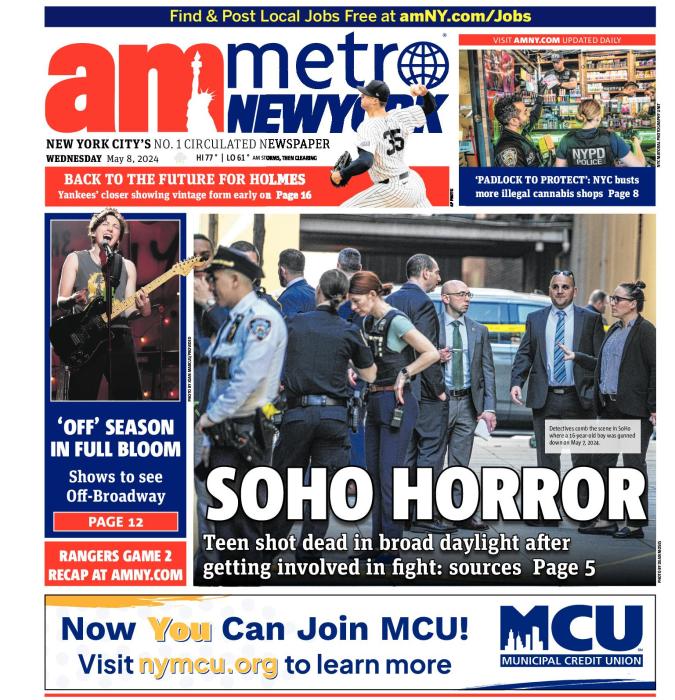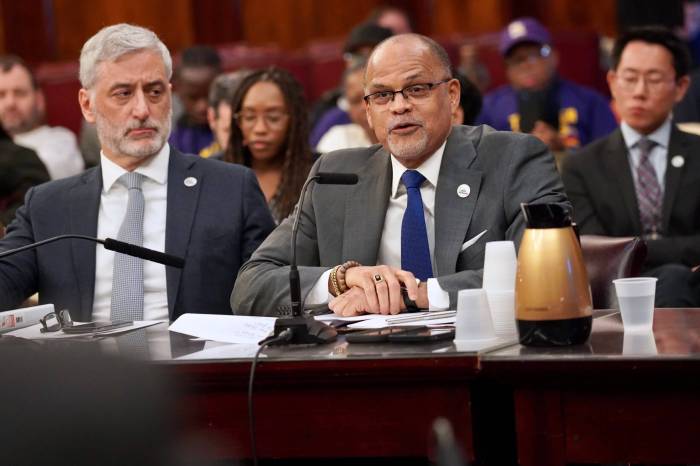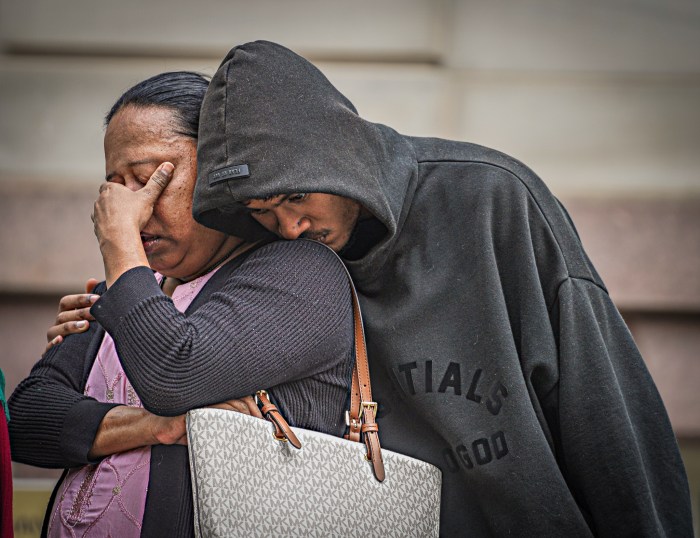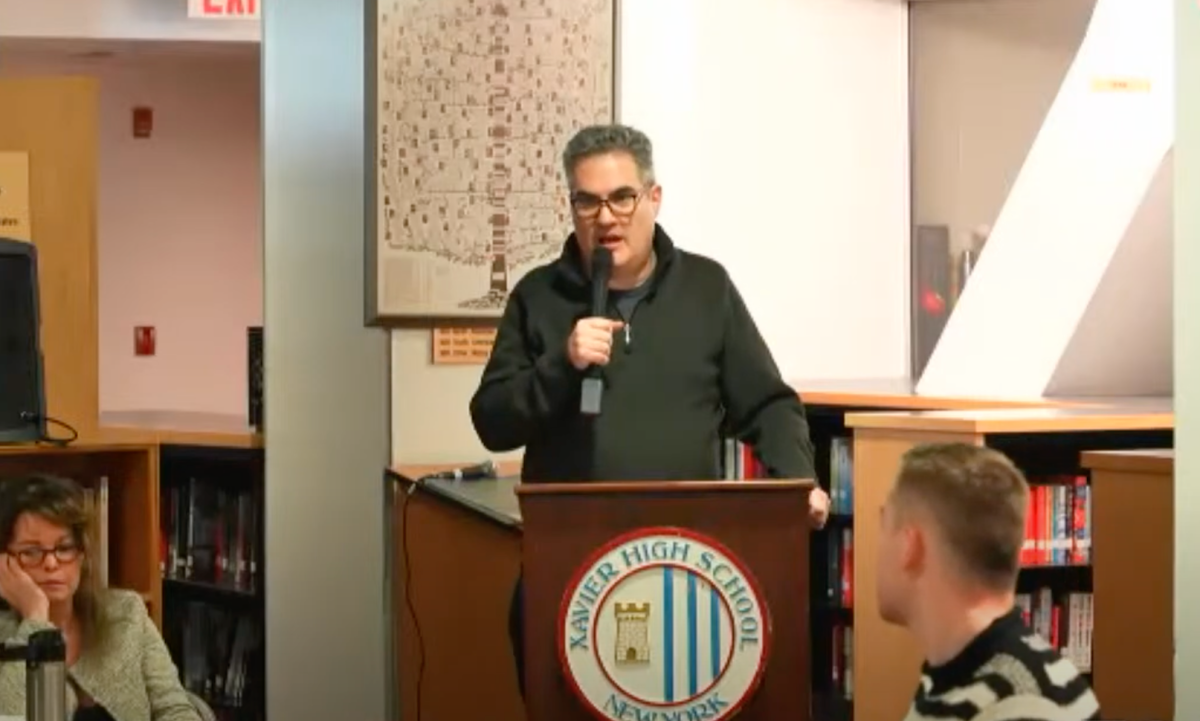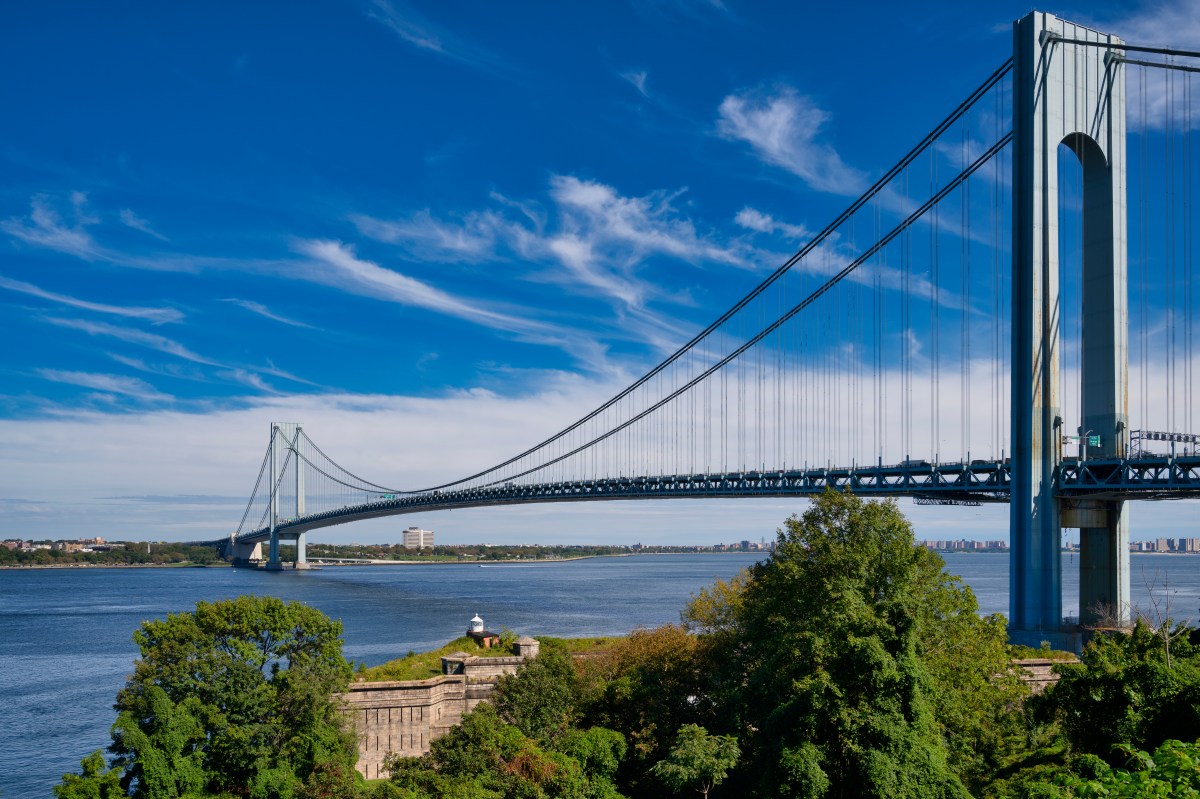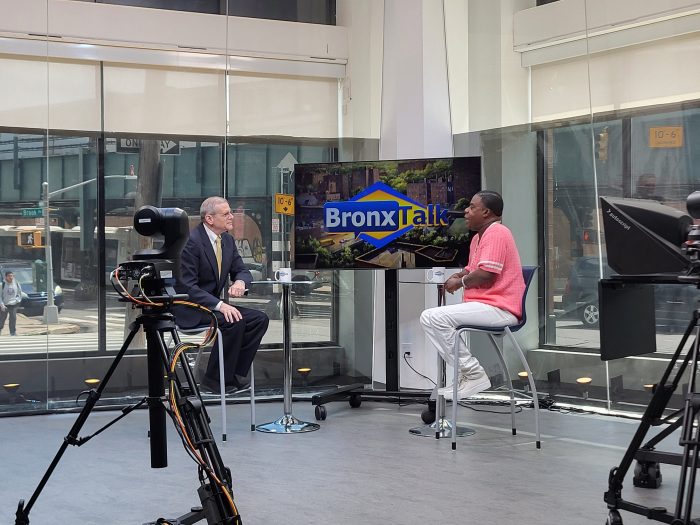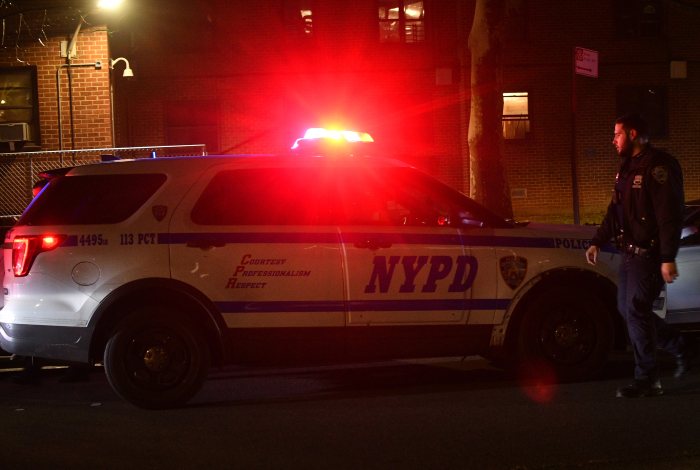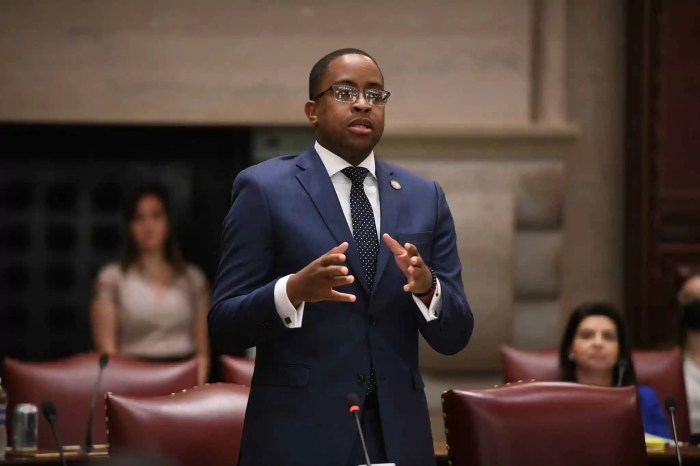
When the world’s greatest tennis players gather this week at Arthur Ashe Stadium in Flushing Meadows-Corona Park for the annual U.S. Open, one key element of the classic experience will be permanently missing: rain delays.
The $150 million retractable roof, two years in the making, is finished and players and fans can finally expect matches to begin and end on time, not up to three-and-a-half hours late, as when Roger Federer and Novak Djokovic played in last year’s men’s final.
Danny Zausner, the COO of the U.S. Tennis Association, said the roof — which is comprised of two 800-ton fabric panels and will only be used during inclement weather — is designed for “players and fans to feel like they’re in an outdoor tournament without the weather problems.”
Queens Borough President Melinda Katz hailed the completion of the roof, and noted its consistency with the park’s other futuristic landmarks, among them the Unisphere and New York State Pavilion.
From the local community’s perspective, Louis Walker, chair of Queens Community Board 4, applauded the conclusion of the roof’s construction as a key marker of progress in the ongoing $500 million rehabilitation of the Billie Jean King Tennis Center, a process which will soon include a roof over Louis Armstrong Stadium, an increase in seating there, and new lightning, among other components.
“It’s been happening gradually and the community has been waiting to see what is coming for the park,” he said.
The new 8,125 seat Grandstand Court makes its debut in the southwest corner of the campus. Field courts 7-16 have been rebuilt, some enlarged, and the whole section was shifted 30 feet south to open up a wide spectator boulevard from the Grandstand to Court 17.
The new Grandstand serves as a hub for that part of campus, with quick access to the triplex courts of 4-6 just north and courts 8-10 to the east. There was an attempt to make the new Grandstand an intimate setting like its predecessor, and while there won’t quite be that up close and personal feeling, everyone is close enough to feel the action, according to Zausner.
The southwest arc of seating at the higher levels of the new Grandstand will provide a wide swath of shade.
A spectator walkway at the rim of the Grandstand provides easy access around the whole of the seating area and is also a good place to watch.
The enhancements, Katz said, only serve to amplify the power of an enormous economic driver for the city. The Open is the largest-attended annual sporting event in the country, and it brings in what the USTA estimates to be an $800 million impact for the city.
A good portion of that trickles down to the host borough of course, as many of the visitors stay in and eat at hotels and restaurants there, while half of the 7,000 seasonal employees working at the tennis center are Queens residents, according to Zausner.
“Any advancements to the park make us the first class area for these kind of events and make us a world class borough,” Katz said.
